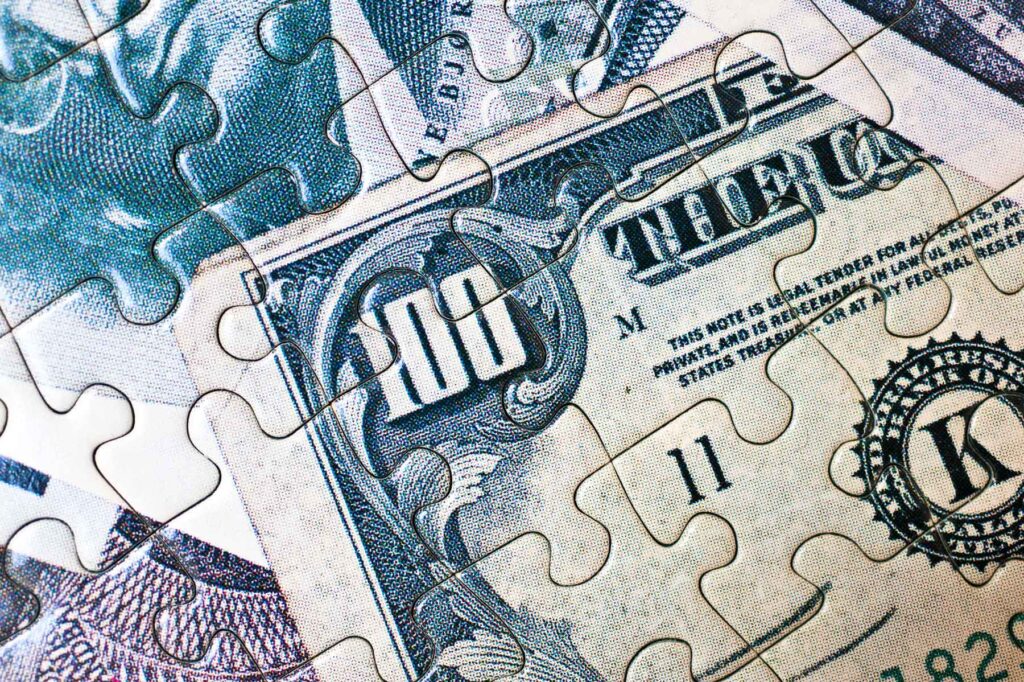When it comes to managing your retirement income, understanding the relationship between Required Minimum Distributions (RMDs) and Roth conversions is crucial. This blog will explore six essential insights that can help you navigate these financial strategies effectively, especially if you have a significant amount in your IRAs. Let’s dive into how Roth conversions can strategically reduce your future taxable income and optimize your retirement plan.
Understanding Roth Conversions
Roth conversions involve transferring funds from a traditional IRA to a Roth IRA. This strategy has gained popularity due to its potential tax benefits. Unlike traditional IRAs, Roth IRAs do not require RMDs during your lifetime. This flexibility allows your investments to grow tax-free, making it a valuable tool for managing your retirement finances.
Converting traditional IRA assets to a Roth IRA means that the money you move is no longer subject to RMDs. This is particularly beneficial for those sitting on sizable IRA balances, as it allows for more control over future taxable income.
Tip 1: Convert Traditional IRA Assets to a Roth IRA
The first critical insight is to convert your traditional IRA assets to a Roth IRA. RMDs only apply to traditional IRAs, 401(k)s, and similar pre-tax retirement accounts. By converting, you reduce the amount of money that will be subject to RMDs in the future. This is especially advantageous for individuals with larger IRA balances.

By gradually converting portions of your traditional IRA to a Roth IRA, you can effectively lower your future RMDs. Many believe conversions should only occur if they expect tax rates to rise, but our extensive experience suggests that this conventional wisdom may not be the best approach for those with significant IRA assets.
Tip 2: Control Your Taxable Income Through Roth Conversions
The second insight focuses on controlling your taxable income through Roth conversions. Each conversion is taxable in the year it occurs, but this offers the advantage of allowing you to decide how much to convert each year. You can convert an unlimited amount of your IRA annually, which provides flexibility in managing your tax liability.
Partial conversions can spread out the tax liability over multiple years. The traditional strategy advises converting just enough to reduce future RMDs without pushing into a higher tax bracket. However, for those with larger IRA balances, a more aggressive approach may yield better long-term results.
Tip 3: Start Early Before Hitting RMD Age
Starting your Roth conversions early, ideally before reaching RMD age, is the third insight. By converting well before you turn 73 (or 75, depending on current laws), you can manage the size of your pre-tax accounts more effectively. Once you reach RMD age, you must take your RMD first before converting any remaining balance, which can complicate calculations and reduce benefits.
Planning conversions in your late fifties and sixties can significantly decrease your total IRA balance in advance, resulting in smaller RMDs later. This proactive approach is particularly beneficial for those with substantial IRA assets.
Tip 4: Manage Your Medicare Premiums
The fourth insight is the impact of RMDs on your Medicare premiums. Large RMDs can push you into higher income brackets, resulting in increased Medicare premiums. These premiums are based on your Modified Adjusted Gross Income (MAGI), which means that managing your RMDs through Roth conversions can lead to lower overall Medicare costs.

While you may pay higher premiums during the conversion process, the long-term savings on Medicare premiums can be significant. By reducing RMDs now, you can avoid higher costs later in life.
Tip 5: Combine Charitable Distributions with Roth Conversions
If you are charitably inclined, the fifth insight is to combine Qualified Charitable Distributions (QCDs) with Roth conversions. QCDs allow you to donate up to $100,000 directly from your IRA to a charity, which counts toward your RMD without increasing your taxable income.
Photo by Felix Mittermeier on Unsplash
By using QCDs to satisfy part or all of your RMD, you can convert the remaining balance to a Roth IRA without incurring additional tax liability. This strategy not only helps manage your taxes but also supports your favorite charitable causes.
Tip 6: Review Your Tax Bracket Management Opportunities
The final insight emphasizes the importance of reviewing your tax bracket management opportunities. Working with a knowledgeable tax professional or certified financial planner to create a multi-year Roth conversion plan is crucial. A tailored strategy ensures that you optimize your conversions based on your unique financial situation.
Ask your advisor to demonstrate the results from various tax brackets, especially those higher than your current bracket. Many financial planning tools may incorrectly advise against converting above your current tax bracket, potentially leading to missed opportunities for tax savings.
Conclusion
By understanding these six critical insights, you can effectively manage your RMDs and Roth conversions to reduce your future tax burden and enhance your retirement income strategy. Remember, the key is to start early, control your taxable income, and work closely with experienced advisors who can tailor strategies to your unique situation.
FAQs
- What are RMDs? Required Minimum Distributions (RMDs) are the minimum amounts that must be withdrawn from certain retirement accounts once you reach a specific age.
- How does a Roth conversion work? A Roth conversion involves transferring funds from a traditional IRA to a Roth IRA, which is taxable in the year of conversion.
- Why should I consider a Roth conversion? Roth conversions can reduce future RMDs, lower your taxable income, and provide tax-free growth for your investments.
- Can I convert my RMD to a Roth IRA? No, you must first take your RMD before converting any remaining funds to a Roth IRA.
- What is the best time to do a Roth conversion? The best time is before reaching RMD age to maximize the benefits and reduce future tax implications.
For more detailed insights on optimizing your retirement income, check out our blog on Optimizing Your Retirement Income with Roth Conversions.
Stay informed and make better financial decisions by exploring more articles on our blog.


